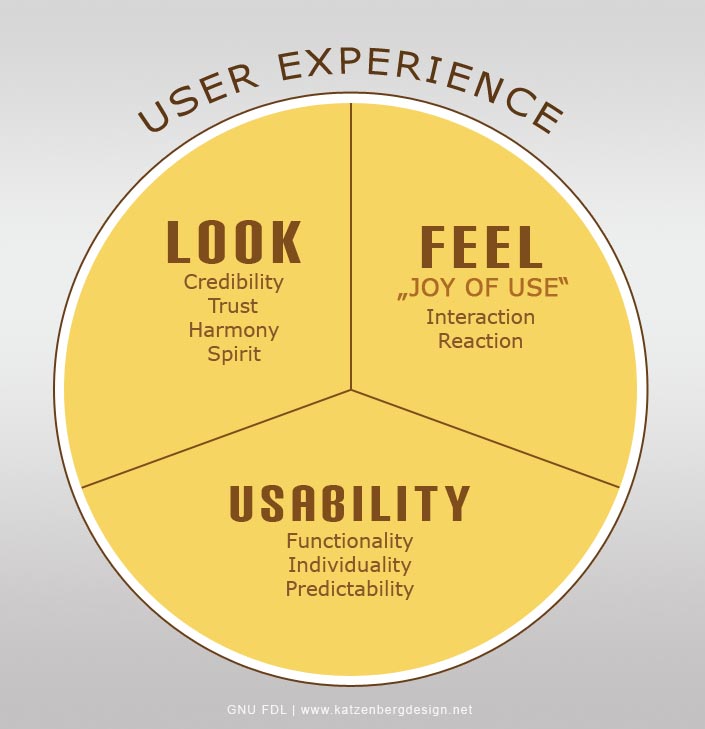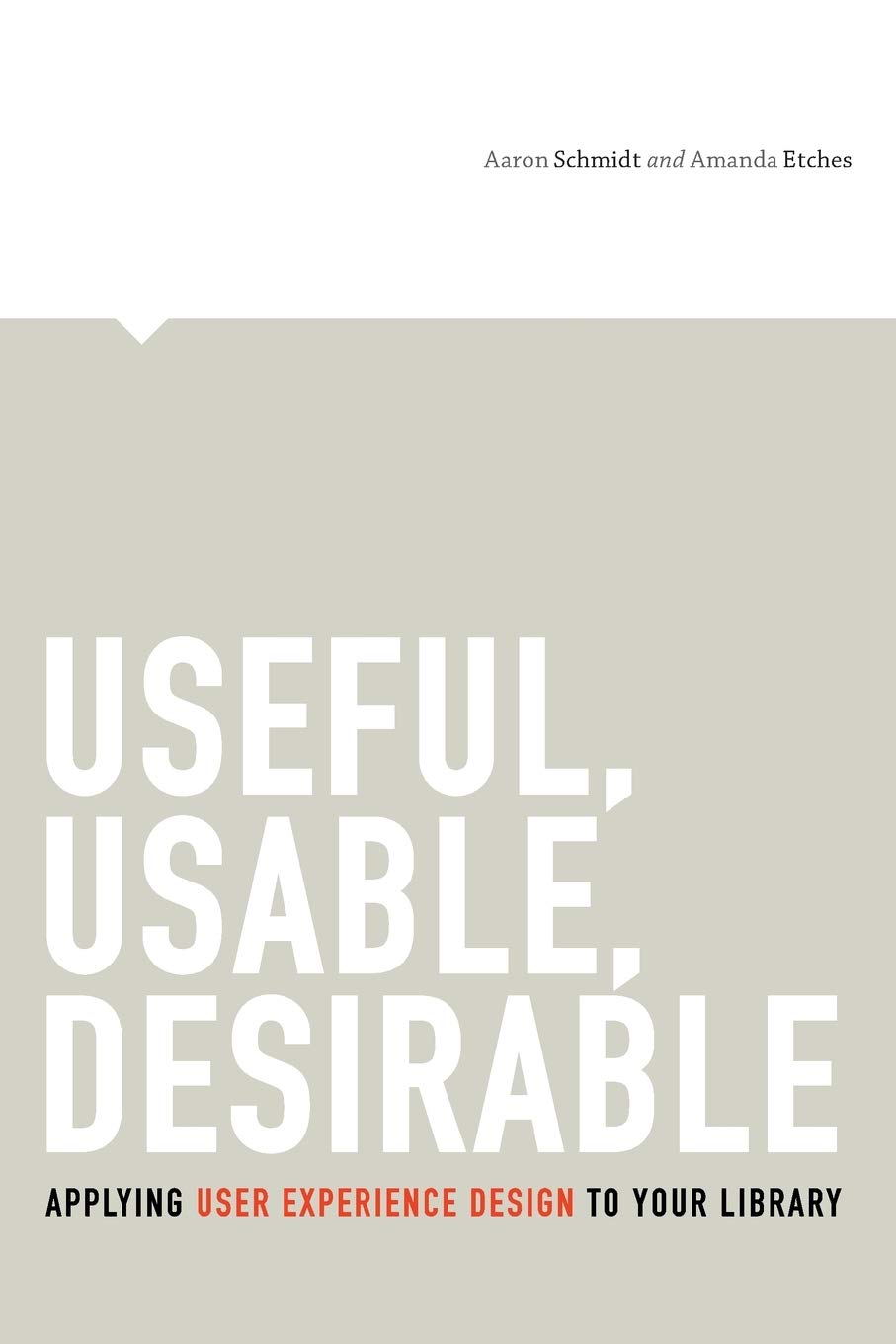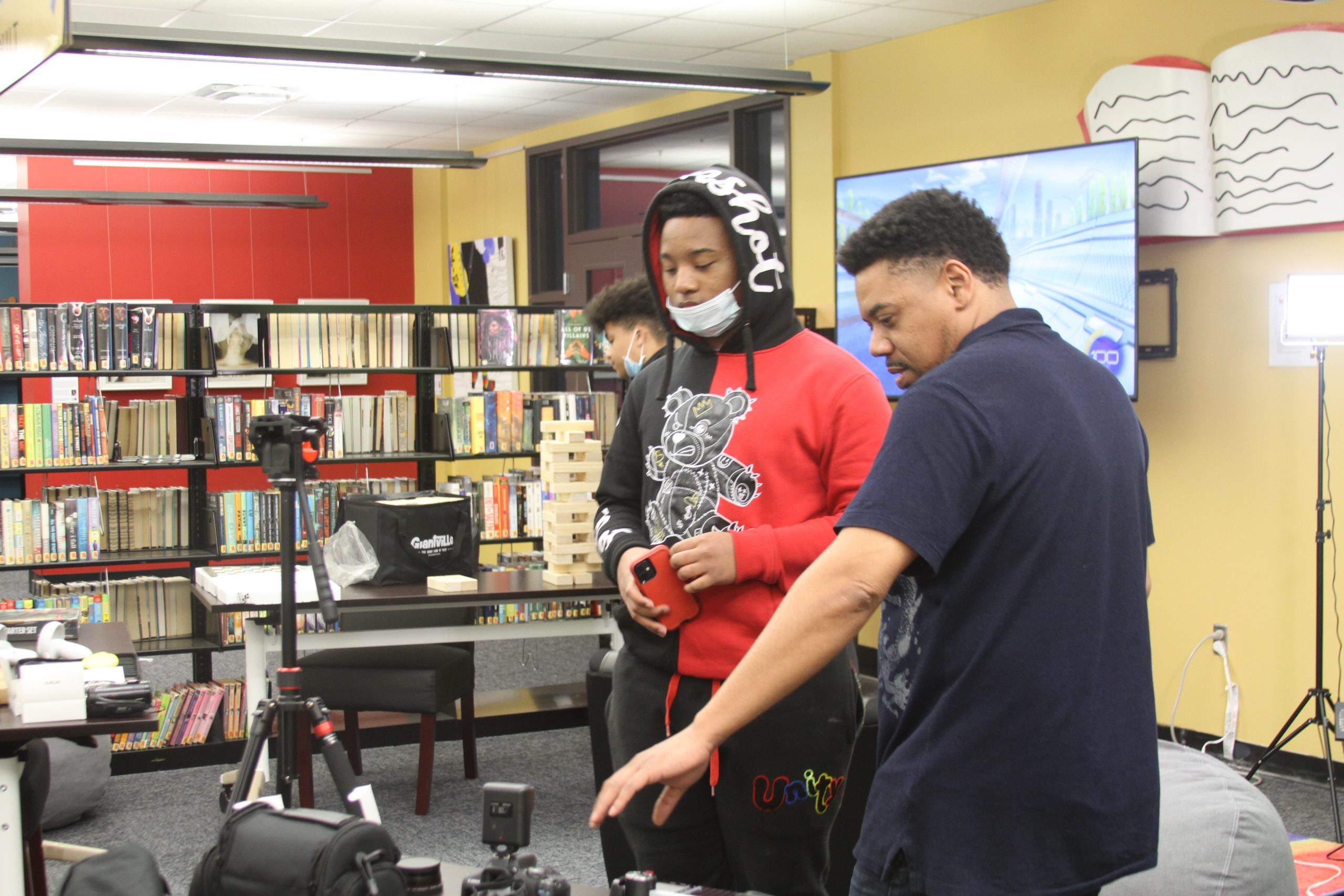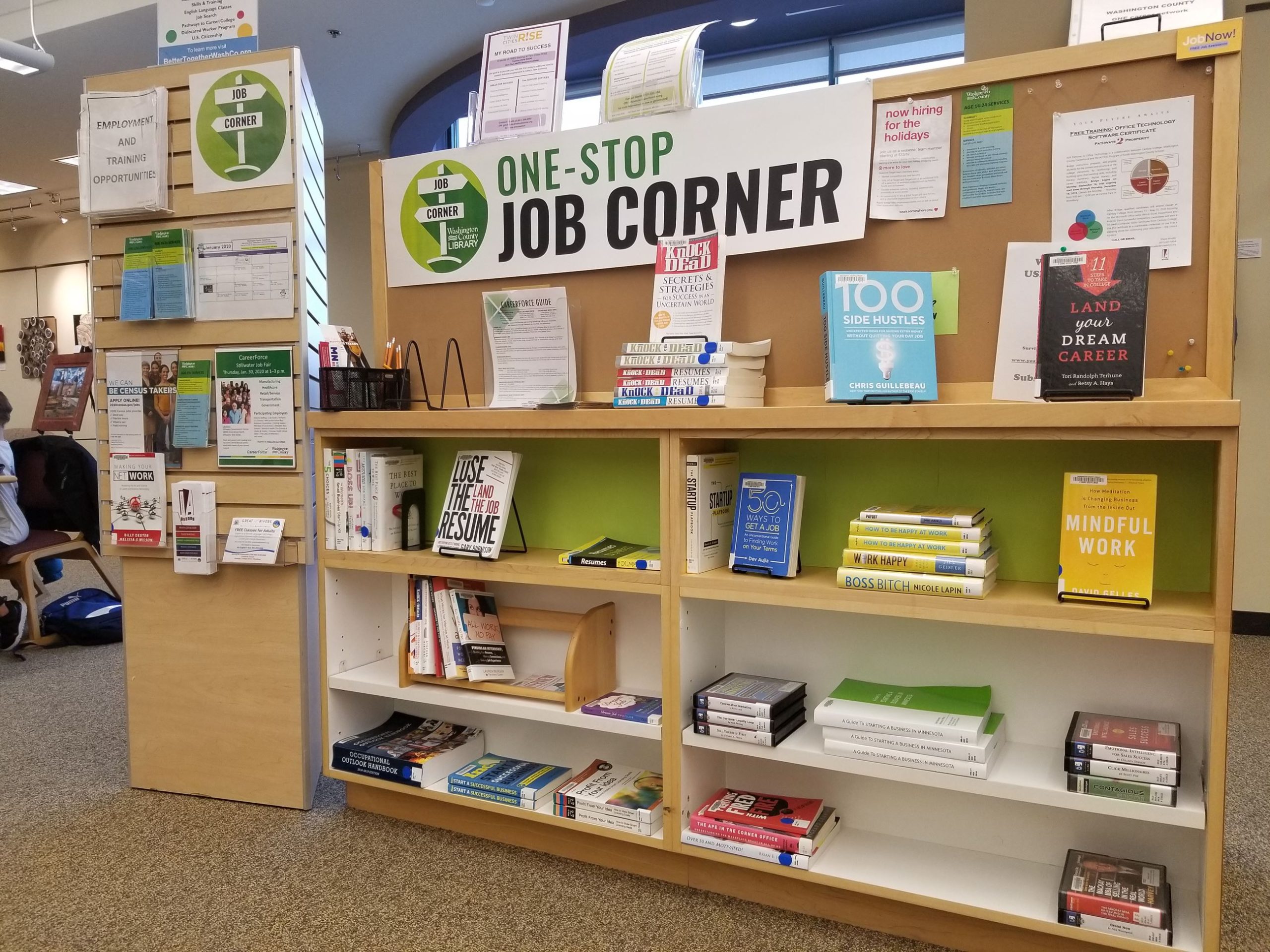User experience (UX) design is something that has always been of interest to me and that I personally believe is so important for successful libraries. I wanted to become a librarian to help people and give them opportunities that they wouldn’t have otherwise. I aspire to be a part of a library that is truly “made for the people”.
As mentioned by Saskia Leferink, “environmental psychology confirms that physical books give us comfort as well as knowledge” (2019). While the physical books do provide a comforting atmosphere, libraries have become so much more than that. With changing times and technology, it’s crucial that libraries MUST become more than that. Libraries are constantly evolving, in the physical and digital sense, and the user should always be at the center of these changes. In the article “Users at the Center of Everything”, librarian and architect Lauren Stara states, “learning to look at a situation with a beginner’s mind—putting aside your years of education and experience in librarianship and seeing your library from a new user’s point of view—is the key” (Bignoli & Stara, 2021). I wholeheartedly agree with this and believe that we should put aside our beliefs constantly as librarians to learn to walk in the shoes of our patrons. We must empathize and figure out what our patrons truly need and want.

For example, what is the point of having new, up-to-date technology and design as part of our library services, if no one knows how to use them or what to use them for? Many libraries are developing user experience toolkits to help figure out how to better serve their communities, which I believe is a great idea. Librarians are trying to figure out what tools and programs they deem useful, “which is determined by whether it has all the necessary features (utility) and whether those features are easy to use and pleasant” (Asikin-Garmager et al., 2022). We must first figure out what our patrons desire and need, then also figure out the best way to implement those ideas.
User experience is much more than measurement in numbers and data, as it is much more involved and empathetic. We must talk to our users, observe them and how they use the library, have in-depth discussions, and bounce ideas with them. It is so important to help our users know that they are important and involve them in the library’s development as much as possible. “UX can extend to every touchpoint which the library creates where the user or community connects with the library’s human or material resources, both physically or virtually” (Appleton, 2016).

Some ideas can be very complex and harder to accomplish, while some can be very simple and implemented immediately. I really loved the article shared by Dr. Stephens about the Creekview High School Library in Georgia, where the high schoolers are “geeked” about the space. Teenagers can sometimes be the hardest to get involved with the library, but this high school made their space welcoming for them by focusing on their wants and needs. Their library encourages the use of cell phones and technology, instead of shunning them, and have made their devices into “instruments of learning”. The media center they have created is a place for relaxing, learning, and reflection – but also a space for fun, excitement, and creativity. They have a café for social gatherings, gaming equipment for those who don’t have it at home or just want to socially game, public performances and exhibits for students to show their creativity, and much more (Mathews, 2010).
The “Unquiet Library” at Creekview High School (SOURCE: https://www.flickr.com/photos/theunquietlibrary/)

While the maker movement and these creative spaces are open to all and are wonderful with helping keep libraries alive and vibrant, many of them are youth focused. User experience also involves creating spaces for all groups and all people. The Ballard Public Library in Seattle is doing a great job at this and have even created a “little city hall” for their users. Patrons can go to the library and learn everything about free public services in the city, pay their bills, take workshops on career building and get help applying for jobs – services that can really impact someone’s life and help them not feel so lost (Mattern, 2014). As mentioned by Aaron Schmidt, sometimes it could be something like a library offering public showers. While this idea seemed kind of silly to him, it’s not a silly idea at all as this is a real need in some communities and was actually a need for him in that moment (Schmidt, 2014).

I am excited to take all these user experience ideas and concepts with me to whatever library I become a part of, and I can’t wait to devote myself to my community in whatever way they need. As Dr. Stephens states in The Heart of Librarianship, “The best librarians make good, rapid decisions based on evidence, experience, and a view of the big picture” (2016). I want whatever library I become a part of to focus on putting the patrons at the forefront and using our infrastructure to provide whatever is needed or wanted, practical or fun.
References:
Appleton, L. (2016). User experience (UX) in libraries: Let’s get physical (and digital). Insights the UKSG Journal, 29(3), 224–227. https://doi.org/10.1629/uksg.317
Asikin-Garmager, A., Dowd, P., George, S., & Afifi, R. A. (2022). Integrating user experience evaluation in the development of a web-based Community Engagement Toolkit. Evaluation and Program Planning, 91. https://doi.org/10.1016/j.evalprogplan.2022.102048
Bignoli, C., & Stara, L. (2021, March 1). Users at the Center of Everything. American Libraries Magazine. https://americanlibrariesmagazine.org/2021/03/01/user-experience-center-of-everything/
Leferink, S. (2019, June 4). To keep people happy … keep some books. OCLC Next. https://blog.oclc.org/next/to-keep-people-happy-keep-some-books/
Mathews, B. (2010, June 21). Unquiet Library has high-schoolers geeked. American Libraries Magazine. https://americanlibrariesmagazine.org/2010/06/21/unquiet-library-has-high-schoolers-geeked/
Mattern, S. (2014, June 1). Library as infrastructure. Places Journal. https://placesjournal.org/article/library-as-infrastructure/?gad_source=1&gclid=EAIaIQobChMI6czkn_O4iAMVo5paBR3nTDIIEAAYASAAEgLRr_D_BwE
Schmidt, A. (2014, May 6). Exploring context: The user experience. Library Journal. https://www.libraryjournal.com/story/exploring-context-the-user-experience
Stephens, M. T. (2016). The heart of librarianship: Attentive, positive, and purposeful change. ALA Editions, an imprint of the American Library Association.

Hi Millicent (@inabookbind)!
All of your good examples made me think about how I kept noticing the word “delight” in our recent readings (like the “Do We Need Libraries?” one) — people want to be delighted when they go to the library! And it’s good for librarians to keep this in mind, because people have so many other options when it comes to where to spend their time.
@terribeth I agree, and I’ve noticed many librarians have great ideas but aren’t sure how to implement them or where to start. It’s always a good idea to start with the community and just simply ask them what they are looking for or what they would actually like to take part in, and then making those things or activities as accessible as possible.